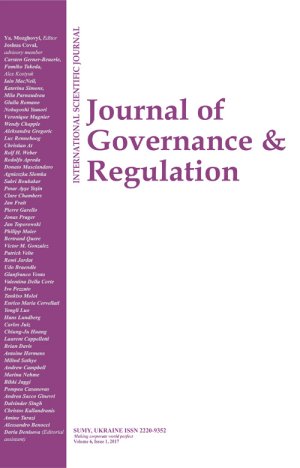
BOX-JENKINS TRANSFER FUNCTION FRAMEWORK APPLIED TO SAVING-INVESTMENT NEXUS IN THE SOUTH AFRICAN CONTEXT
Download This ArticleNtebogang Dinah Moroke
Abstract
This paper studied the relationship between investment and savings in South Africa for the period 1990 quarter 1 to 2014 quarter 3. The unit root test confirmed the non-stationarity of the series prior to first differencing. The correlation coefficient and the model assessing a full capacity mobility hypothesis were significant and passed all the diagnostic examinations. The estimated parameter provided evidence of imperfect capital mobility. ARIMAX (5, 1, 0) out-performed all the five models and was used for pre-whitening process. This model was later used to produce a two year forecasts of investment. The error forecast measure provided enough evidence to conclude that ARIMAX (5, 1, 0) provided valid forecasts. These results are recommended when embarking on future saving-investment plans in South Africa.
Key Words: Box-Jenkins Transfer Function, Full Capacity Mobility Hypothesis Saving, Investment, South African
How to cite this paper: Moroke, N. D. (2015). Box-Jenkins transfer function framework applied to saving-investment nexus in the South African context. Journal of Governance and Regulation, 4(1), 63-77. https://doi.org/10.22495/jgr_v4_i4_p7



















